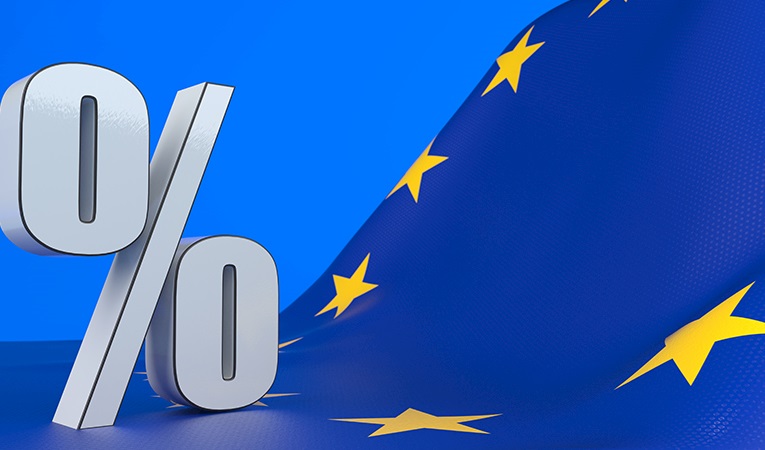
-
BIST 100
 10837,30%-0,31En Düşük10824,57En Yüksek10945,97
10837,30%-0,31En Düşük10824,57En Yüksek10945,97 -
DOLAR
 42,03%0,15Alış42,0244Satış42,0344En Yüksek42,0524
42,03%0,15Alış42,0244Satış42,0344En Yüksek42,0524 -
EURO
 48,67%0,28Alış48,5860Satış48,7513En Yüksek48,6868
48,67%0,28Alış48,5860Satış48,7513En Yüksek48,6868 -
EUR/USD
 1,16%0,03Alış1,1568Satış1,1569En Yüksek1,1575
1,16%0,03Alış1,1568Satış1,1569En Yüksek1,1575 -
ALTIN
 5436,85%0,13Alış5436,20Satış5437,50En Yüksek5468,68
5436,85%0,13Alış5436,20Satış5437,50En Yüksek5468,68
-
BIST 100
 10837,30%-0,31En Düşük10824,57En Yüksek10945,97
10837,30%-0,31En Düşük10824,57En Yüksek10945,97 -
DOLAR
 42,03%0,15Alış42,0244Satış42,0344En Yüksek42,0524
42,03%0,15Alış42,0244Satış42,0344En Yüksek42,0524 -
EURO
 48,67%0,28Alış48,5860Satış48,7513En Yüksek48,6868
48,67%0,28Alış48,5860Satış48,7513En Yüksek48,6868 -
EUR/USD
 1,16%0,03Alış1,1568Satış1,1569En Yüksek1,1575
1,16%0,03Alış1,1568Satış1,1569En Yüksek1,1575 -
ALTIN
 5436,85%0,13Alış5436,20Satış5437,50En Yüksek5468,68
5436,85%0,13Alış5436,20Satış5437,50En Yüksek5468,68
- Anasayfa
- Haberler
- Tüm Haberler
- Time To Grow On The Blue Ocean
Time To Grow On The Blue Ocean
In order to prepare their book the “Blue Ocean”, Chan Kim and Renee Mauborgne conducted research on 30 sectors using data going back more than 100 years. The study covered more than 150 examples ‘B...
In order to prepare their book the “Blue Ocean”, Chan Kim and Renee Mauborgne conducted research on 30 sectors using data going back more than 100 years. The study covered more than 150 examples ‘Blue Oceans’ were created. Chan Kim says: “While we were studying the data we observed a consistent model of strategic thinking behind the creation of new markets and industries that we have defined as the Blue Ocean strategy.”
Chan Kim answered Capital’s question, explaining the reality of “Blue and Red Oceans” and drew attention to the following points.
Red Oceans represent all the sectors in existence today, that is to say all the known market fields.
In Red Oceans the borders of the sectors are defined and accepted. The competitive rules of the game are well established. Here companies try to get ahead of their rivals and take a greater share of existing demand.
As the field becomes increasingly crowded so expectations regarding profitability and growth fall. As a result of continually increasing competition blood becomes mixed with the water and it turns red.
Blue Oceans represent all the sectors which are not in existence today. Naturally, the market area is unknown and has not been sullied by competition.
Nobody can fight in this kind of ocean and no demand is created. There are numerous opportunities for profitable, rapid growth.
There are two ways of creating Blue Oceans. On a very few occasions companies can create new industries… The best example of this is the online auction site eBay.
But in some examples there is a change. More accurately, in a significant proportion there are changes in the borders of existing sectors or products and a Blue Ocean can be created from a ‘Red’ one.
Profit rises more swiftly than revenue
It can be clearly seen that Blue Oceans will not continue to be the motors for growth. From the point of even the most established market, the value of Red Oceans declines and grows smaller. Barriers to trade between states and regions are lifted, it is possible to access information on products and prices immediately on a global basis, and monopoly paradises are removed.
At the same time demand, in developed countries at least, does not increase very much. According to the results here, in an increasing number of sectors supply exceeds demand. Such a situation fuels price wars in products and services. Naturally, profit margins fall.
We conducted a survey of 108 companies. In the analysis we conducted of their business initiatives, we saw that 86 percent of them introduced business initiatives by developing their existing business. The number of those who developed new markets or sectors was only 14 percent. Our analysis of the revenues and profits of the two groups produced a striking result. In the first group revenues rose by 62 percent and profits by 39 percent, while in the second group revenues increased by 38 percent and profits by 61 percent.
Türkiye ve dünya ekonomisine yön veren gelişmeleri yorulmadan takip edebilmek için her yeni güne haber bültenimiz “Sabah Kahvesi” ile başlamak ister misiniz?






